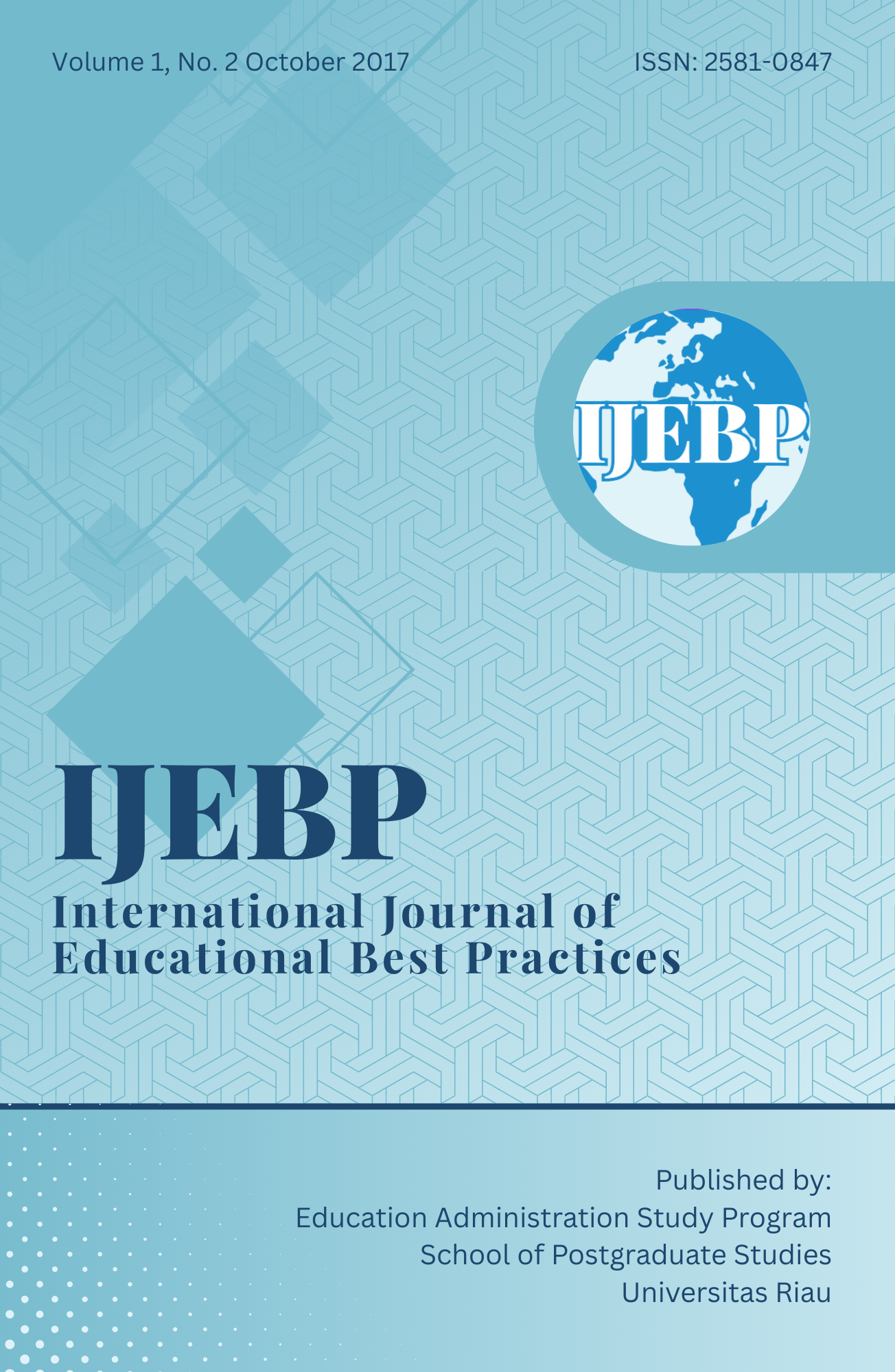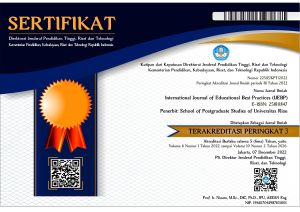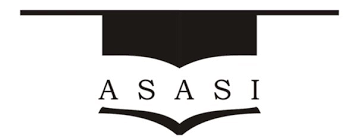Challenges of Using Portfolio Assessment as an Alternative Assessment Method for Teaching English in Indonesian Schools
DOI:
https://doi.org/10.31258/ijebp.1.2.106-114Keywords:
authentic assessment, portfolio assessment, traditional test, English teachingAbstract
Conducting an assessment is a part of teachers' roles and responsibilities. Assessment is a process by which teachers can get feedback for their teaching and students' learning. It can provide data about teachers' teaching effectiveness as well students' learning progress and achievement. Among many alternative authentic assessments suggested in the latest 2013 Curriculum, the portfolio is one of the recommended types of assessment used by teachers at schools lately. However, the reality shows that this portfolio assesment is not used effectively yet in the field. Instead, many teachers still rely on some kinds of traditional tests to assess students' learning. This paper discusses theoretical foundations of this portfolio assessment, followed by a discussion on how to make use of it in the field. Some challenges and possible solutions are also addressed in this paper.
References
Afrianto. (2008). Reformulation of national exam policy in Indonesian. Viewed on October 21, 2015, from http//adsindonesia/or.id/alumni/ASAC2008Papers/Afrianto-paper.pdf
Alan, Dave. (1999). “Testing and Assessment”, English Teaching Professional, Issue Eleven April 1999, England
Doner, K.D. & Gilman, D.A. (1998). “Students React to Portfolio Assessment”, Contemporary Education, Spring 1998.Vol.69, viewed on 5th October 2005, http://proquest.umi.com/pqdweb?did=29546369&sid=3&Fmt=3&clientId=44687&RQT=309&VName=PQD
Dudley, Martha. (2001). “Portfolio Assessment: When Bad Things Happen to Good Ideas”, English Journal, Jul 2001.Vol.90, viewed on 6th October 2005, http://proquest.umi.com/pqdweb?did=76037952&sid=3&Fmt=4&clientId=44687&RQT=309&VName=PQD
Gomez, Emily. (2000). "Assessment Portfolios: Including English Language Learners in Large-Scale Assessments," Eric Digest, December 2000, viewed on 19th September 2005, www.cal.org/resources/digest/0010assessment.html.
Gomez, E.L. (1999). Assessment Portfolios and English Language Learners: Frequently Asked Questions and a Case Study of the Brooklyn International High School. USA: The Education Alliance, LAB at Brown University.
Hancock, R.C. (2004). “ Alternative Assessment and second Language Study: What and Why,” Eric Digest, July 2004, The Ohio State University, viewed on 19th September 2005, ww.cal.org/resources/digest/hancoc01.html.
Iturain, M. (2007). Portfolios in ELT. Viewed on 20 October 2017, https://www.teachingenglish.org.uk/article/portfolios-elt
Kemp, J. & Toperoff, D. (1998). “Guidelines for Portfolio Assessment in Teaching English”, viewed on 2nd October 2005, http://www.anglit.net/main/portfolio/default.html
Marheni, AAIN. (2014). Toward Authentic Language Assessment: A Case in Indonesian EFL Classrooms. Proceeding of the European Conference on Language Learning 2014.
Mathews, Jay. (2004). “Teachers Struggle for Depth Despite Tests,” Washington Post, July 6th, 2004, viewed on 20th September 2005, www.washingtonpost.com/wp-dyn/articles/A30980-2004Jul6.html
O‟Malley, J.M., & Pierce, L. Valdez (1996). Authentic Assessment for English Language Learners: Practical Approaches for Teachers. New York: Addison Wesley Publishing Company. -----------, (1998). Gale Encyclopedia of Childhood and Adolescence, -----------, viewed on 6th October 2005, http://www.findarticles.com/p/articles/mi_g2602





